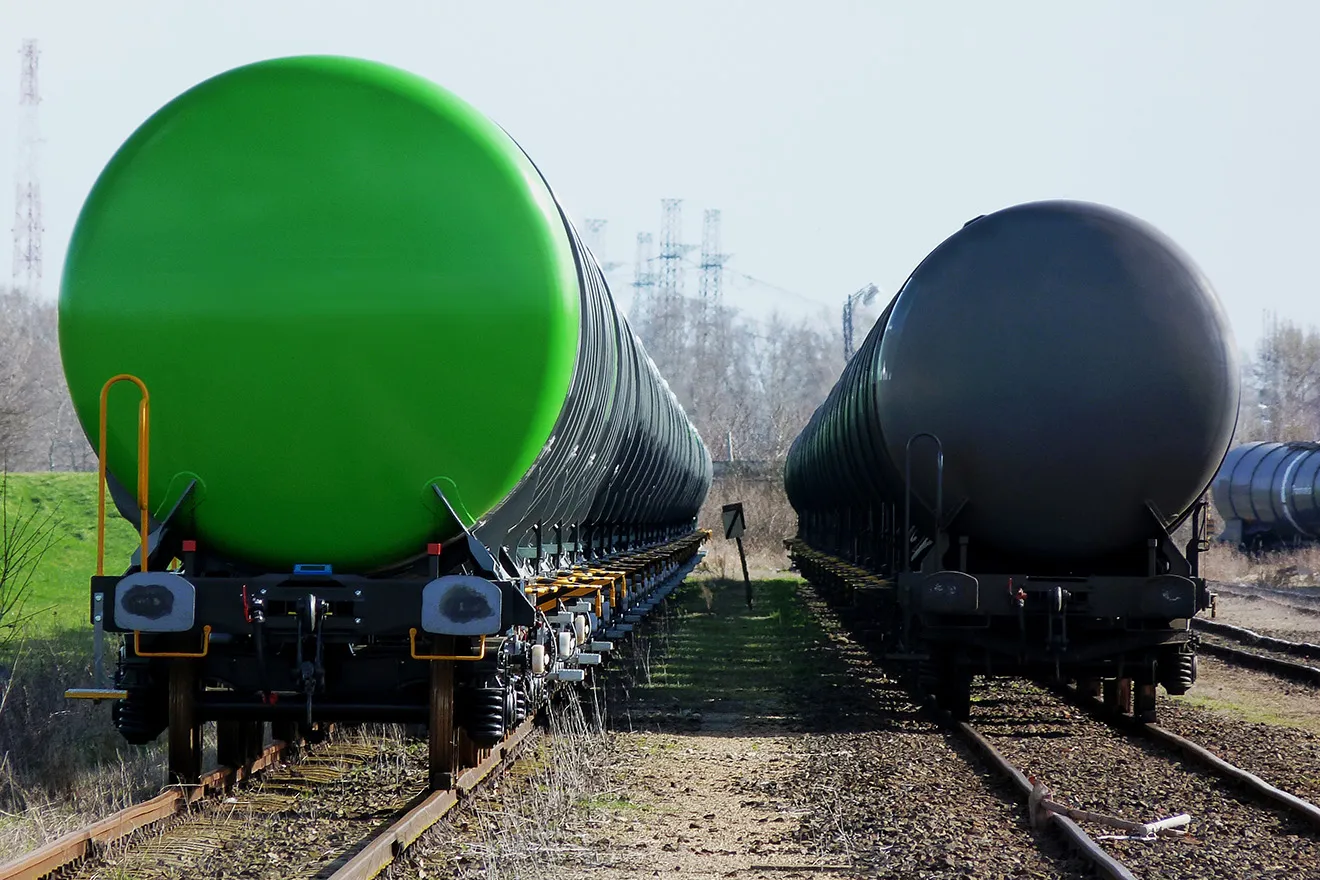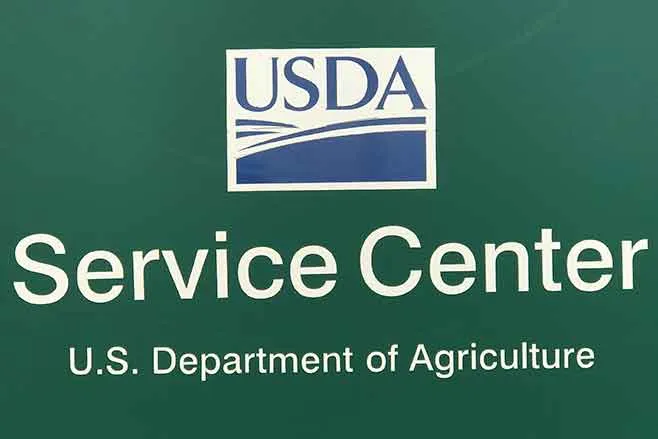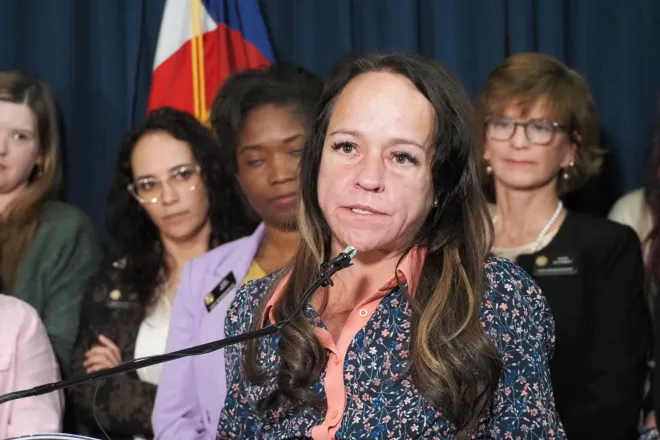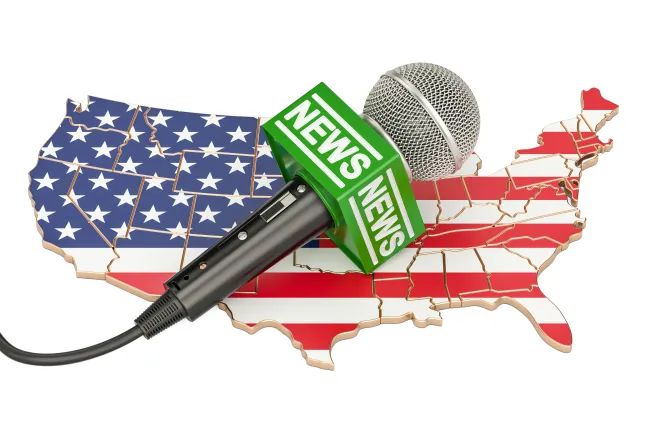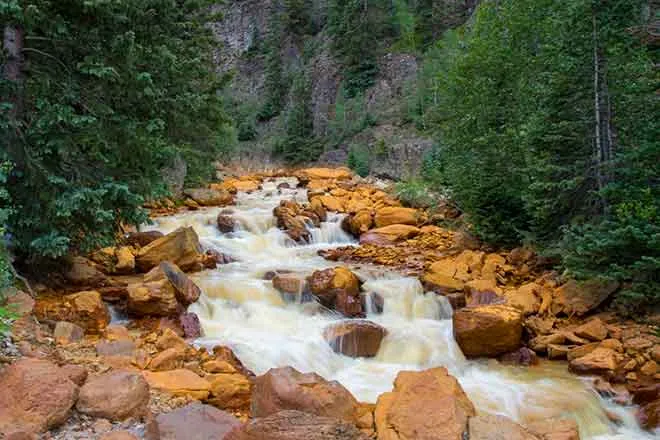
Commentary: A paradigm shift on the Colorado River is the only way to confront the water crisis
For millions of years, water flowing through the Colorado River shaped the geography of the West, carving out features like the Grand Canyon. Now, the Colorado River sustains the cities, farms and industries of the southwestern U.S., providing 40 million people with water. The river winds through canyons, alpine tundras, deserts and forests, underpinning ecosystems, vitalizing trout fisheries, feeding migratory birds and maintaining river deltas.
The Colorado River is remarkable in and of itself, it lays the foundation for remarkable habitats, and, apparently, can precipitate remarkable political alliances. This month, all 10 of Colorado’s U.S. legislators, from the most progressive representatives to MAGA Lauren Boebert, sent a letter to President Donald Trump calling for the release of funding for Colorado River water projects.
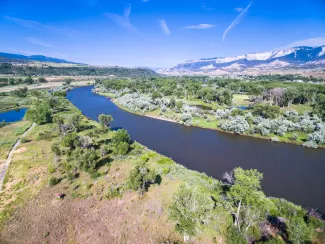
The water in the Colorado River is distributed among seven Western states, separated into two groups — Upper Basin and Lower Basin states — via terms established in a 1922 compact. Individuals and businesses within those states are allocated water by the doctrine of prior appropriation, which, in Colorado, was established in 1876. The prior appropriation doctrine grants permanent rights to (surface) water on a first come, first served basis, more frequently known as “first in time, first in right” — although the true first-comers, Native Americans, were excluded from the doctrine and only secured water rights through a series of lawsuits throughout the 20th century.
There are many faults with the 1922 Colorado River Compact and prior appropriation doctrine, but one of the greatest is that the river is perpetually over-allocated. In fact, the Colorado River is dammed and diverted to such an extent that most years it fails to reach the Pacific Ocean. When government officials estimated how much annual flow was available for use back in 1922, they settled on 20 million acre-feet — nearly double the approximately 12 million acre-feet flowing through the river today.
Three-quarters of water diverted from the Colorado River irrigates farmland, and 62% of that is used for hay to feed dairy and beef cows in the U.S., China, Japan, Saudi Arabia and elsewhere. Over the years, existing water rights have been concentrated into fewer hands. About 20 farming families, producing mostly hay, control about 15% of the water allocated to Lower Basin states. One family in California’s Imperial Valley uses more water than the entire Las Vegas metropolitan area annually — again, mostly to grow hay.
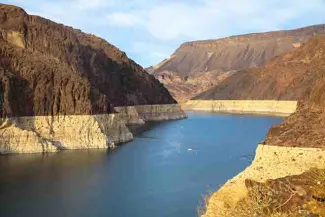
© iStock - Eisenlohr
Climate change is exacerbating the Colorado River water shortage by extending droughts and aridifying the Southwest. That’s why the $150 million appropriated to Colorado for water projects to improve drought resiliency, ecosystem conservation, and aging infrastructure is so essential. The projects — awarded to coalitions of local governments, tribes and nonprofits — would benefit agriculture, recreationists, municipalities, endangered species … and ultimately all of the stakeholders reliant upon the Colorado River. The Trump administration’s decision to withhold the funding while re-reviewing the projects benefits nobody and hurts everybody, thereby instigating a true bipartisan effort to release the funds.
The money allocated to Colorado’s water projects represents only a small portion of the $4 billion set aside in the Biden administration’s 2022 Inflation Reduction Act for Colorado River water conservation programs. Much of that money was spent on direct payments to farmers for not using their full “water rights” — instead, the farmers were compensated for letting acreage go fallow. This program and its sudden end under the Trump administration demonstrate several points. One, that the nation’s food supply does not rely on all farmers in the West maximizing their yields. Two, that local and state officials cannot rely on federal funding to solve the Colorado River water shortage. And, three, that voluntary solutions that work within the current framework of water allocation are not sustainable or sufficient in the long run.
Ultimately, the federal government should release the owed water project funding — what better use is there for taxpayer dollars than ensuring Western communities have access to plentiful drinking water, vibrant ecosystems and healthy economies? But also, the only way to truly confront this water crisis is a paradigm shift; a reallocation of the river’s water, not just among states, but also uses. The prior appropriation doctrine was designed to stimulate industrial and colonialist expansion. It’s an inappropriate framework to handle modern priorities of sustainability, conservation and equity. Undermining certain tenets of the doctrine is warranted.
Solutions — many of which are controversial — exist, like charging more for using water that isn’t beneficial to the region or country (e.g., irrigating alfalfa to feed Saudi Arabian cattle) or outlawing wasteful irrigation techniques. Bold policies are needed to preserve the remarkable Colorado River and life in the West. Stakeholders must rethink current systems of water allocation.




